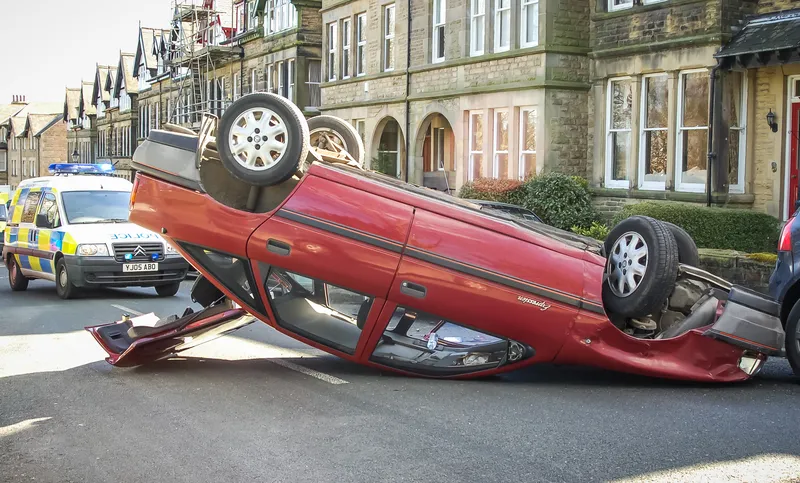The publication of the European Commission’s 2015 provisional road safety figures leaves no room for complacency, says the FIA, as they show an increase in fatalities compared to the previous year. Even in 2014, there was only a 0.6 per cent reduction and it had been the first year in a long time without a significant reduction. The announcement confirms stagnation for the second consecutive year, which brings the EU further away from the goal of halving road deaths by 2020.
Jacob Bangsgaard, FIA Region
April 1, 2016
Read time: 2 mins
The publication of the European Commission’s 2015 provisional road safety figures leaves no room for complacency, says the FIA, as they show an increase in fatalities compared to the previous year. Even in 2014, there was only a 0.6 per cent reduction and it had been the first year in a long time without a significant reduction. The announcement confirms stagnation for the second consecutive year, which brings the EU further away from the goal of halving road deaths by 2020.
Jacob Bangsgaard, FIA Region I director general, said: “We hope that the EU and Member States see these figures as a wakeup call. New challenges, such as driver distraction, are emerging today that are linked to a broader use of technology and should be addressed in their own right. However, some low hanging fruit such as: mandating existing safety technologies such as Automatic Emergency Breaking; improving the training of novice drivers; and ensuring an adequate standard for our roads, would already go a long way to improving the situation.”
The FIA encourages renewed efforts, in particular with regards to protecting vulnerable road users and addressing emerging risk factors such as the increased distraction of traffic participants. With this in mind, the FIA calls on policy makers to: Mandate the fitting of active safety systems; Make more stringent procedures mandatory in the revision of the Pedestrian protection regulation; Support a lifelong learning approach for all traffic participants and second phase driver training for novice drivers; Ensure safe level of maintenance of the infrastructure financed by taxes and charges revenues paid by road users.
Jacob Bangsgaard, FIA Region I director general, said: “We hope that the EU and Member States see these figures as a wakeup call. New challenges, such as driver distraction, are emerging today that are linked to a broader use of technology and should be addressed in their own right. However, some low hanging fruit such as: mandating existing safety technologies such as Automatic Emergency Breaking; improving the training of novice drivers; and ensuring an adequate standard for our roads, would already go a long way to improving the situation.”
The FIA encourages renewed efforts, in particular with regards to protecting vulnerable road users and addressing emerging risk factors such as the increased distraction of traffic participants. With this in mind, the FIA calls on policy makers to: Mandate the fitting of active safety systems; Make more stringent procedures mandatory in the revision of the Pedestrian protection regulation; Support a lifelong learning approach for all traffic participants and second phase driver training for novice drivers; Ensure safe level of maintenance of the infrastructure financed by taxes and charges revenues paid by road users.









